 |
| Every part of what is now the "United States" was populated Native American territory. |
.
 |
| Spain invaded and colonized Mexico. |
But scientific evidence reveals a very different story: When indebted imperial adventurer Christopher Columbus stepped ashore in 1492, tens of millions of people were already living there.
America was not a "New World," but rather a very old one whose inhabitants had built a vast infrastructure of cities, pyramids, urban centers, temples, enormous mounds, orchards, canals, and causeways.
The English brought honeybees to the Americas for honey, but the bees pollinated orchards along the East Coast. Thanks to feral honeybees, many of the plants the Europeans brought, like apples and peaches, proliferated.

America was not a "New World," but rather a very old one whose inhabitants had built a vast infrastructure of cities, pyramids, urban centers, temples, enormous mounds, orchards, canals, and causeways.
 |
| The British colors made a new colonial flag. |

Some 12,000 years ago, North American woolly mammoths, ancient horses, and other large mammals vanished. The first horses in America since the Pleistocene era arrived with Columbus in 1493.
Settlers in the Americas told of rivers that had more fish than water. The South American potato sparked a population-explosion in Europe. In 1491, the Americas had few domesticated animals, using the llama as their beast of burden.
 In 1491, more people lived in the Americas than in Europe in better and far more hygienic and sanitary conditions. The first Conquistadors were sailors, adventurers, enslavers, and exploiter. In 1492, the Americas were no pristine wilderness but a crowded and well managed landscape.
In 1491, more people lived in the Americas than in Europe in better and far more hygienic and sanitary conditions. The first Conquistadors were sailors, adventurers, enslavers, and exploiter. In 1492, the Americas were no pristine wilderness but a crowded and well managed landscape.
Settlers in the Americas told of rivers that had more fish than water. The South American potato sparked a population-explosion in Europe. In 1491, the Americas had few domesticated animals, using the llama as their beast of burden.
 In 1491, more people lived in the Americas than in Europe in better and far more hygienic and sanitary conditions. The first Conquistadors were sailors, adventurers, enslavers, and exploiter. In 1492, the Americas were no pristine wilderness but a crowded and well managed landscape.
In 1491, more people lived in the Americas than in Europe in better and far more hygienic and sanitary conditions. The first Conquistadors were sailors, adventurers, enslavers, and exploiter. In 1492, the Americas were no pristine wilderness but a crowded and well managed landscape.
The now barren Chaco Canyon was once covered with vegetation. Along with crops like wheat, weeds like dandelion were brought to America by Colonial Europeans.
The domestication of the turkey -- the all-American bird -- began in pre-Columbian Mexico. It did not exist in Europe in 1491. By 1500, European settlers and their plants and animals had altered much of the Americas’ landscape. While beans, potatoes, and maize from the Americas became major crops in continental Europe.
What is Columbus Day?
Columbus Day, rightly speaking, is really Native Americans or Indigenous Peoples' Day.
Los Angeles and California have fallen behind in this regard. Now bills are pushing through bureaucratic channels to declare it as such. But why ask why when you live in the empire, be it ancient Rome or the modern USA?
It's time for Indigenous Peoples' Day
Brittny Mejia (Los Angeles Times, May 21, 2016) edited by Wisdom Quarterly
 Every year Columbus Day ignites the same debate, with
questions over whether the Italian "explorer" [a debt-ridden, Jewish, Catholic-convert employed/sponsored by Spain] should be viewed as a "hero."
Every year Columbus Day ignites the same debate, with
questions over whether the Italian "explorer" [a debt-ridden, Jewish, Catholic-convert employed/sponsored by Spain] should be viewed as a "hero."
But at least locally the conversation could soon shift after a Los Angeles City Council Committee took a step toward establishing Indigenous Peoples Day.
The Arts, Parks, and River Committee unanimously voted Monday to approve a motion introduced by Councilman Mitch O'Farrell in November. The motion asks the city administrative officer to report back on how it would establish Indigenous Peoples' Day as a legal holiday in the city.
It also requests the city's Human Relations Commission and Los Angeles City/County Native American Indian Commission to report on the historical importance and cultural impact of creating such a holiday.
"In approaching this topic...I asked myself, if not me who? And if not now, when," said O'Farrell, chair of the committee and a member of the Wyandotte Native American tribe.
"I know in my heart of hearts now is the time to have a conversation about the creation of Indigenous Peoples Day in Los Angeles... More
The domestication of the turkey -- the all-American bird -- began in pre-Columbian Mexico. It did not exist in Europe in 1491. By 1500, European settlers and their plants and animals had altered much of the Americas’ landscape. While beans, potatoes, and maize from the Americas became major crops in continental Europe.
What is Columbus Day?
Columbus Day, rightly speaking, is really Native Americans or Indigenous Peoples' Day.
Los Angeles and California have fallen behind in this regard. Now bills are pushing through bureaucratic channels to declare it as such. But why ask why when you live in the empire, be it ancient Rome or the modern USA?
It's time for Indigenous Peoples' Day
Brittny Mejia (Los Angeles Times, May 21, 2016) edited by Wisdom Quarterly
.
But at least locally the conversation could soon shift after a Los Angeles City Council Committee took a step toward establishing Indigenous Peoples Day.
The Arts, Parks, and River Committee unanimously voted Monday to approve a motion introduced by Councilman Mitch O'Farrell in November. The motion asks the city administrative officer to report back on how it would establish Indigenous Peoples' Day as a legal holiday in the city.
It also requests the city's Human Relations Commission and Los Angeles City/County Native American Indian Commission to report on the historical importance and cultural impact of creating such a holiday.
"In approaching this topic...I asked myself, if not me who? And if not now, when," said O'Farrell, chair of the committee and a member of the Wyandotte Native American tribe.
"I know in my heart of hearts now is the time to have a conversation about the creation of Indigenous Peoples Day in Los Angeles... More





















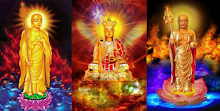



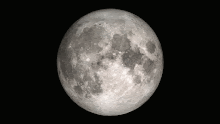














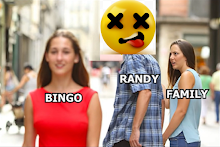
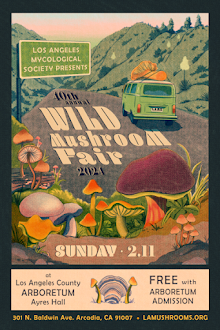

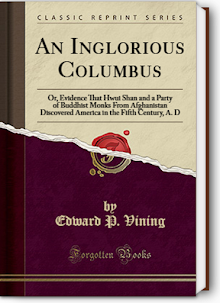



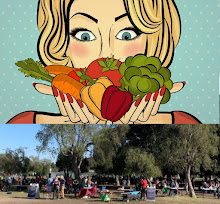
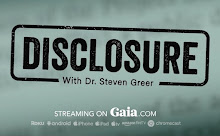

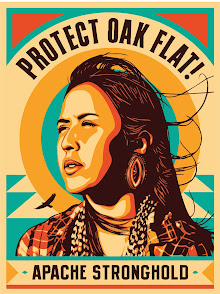






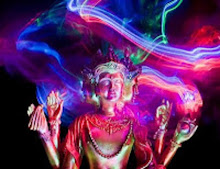


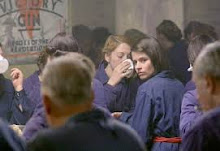






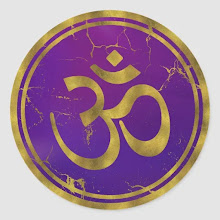
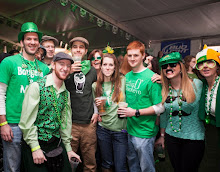




















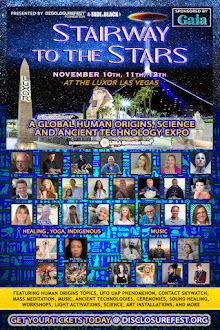









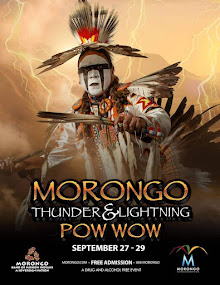













































































































































No comments:
Post a Comment